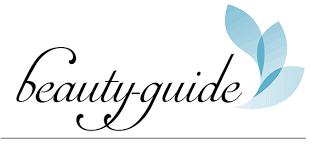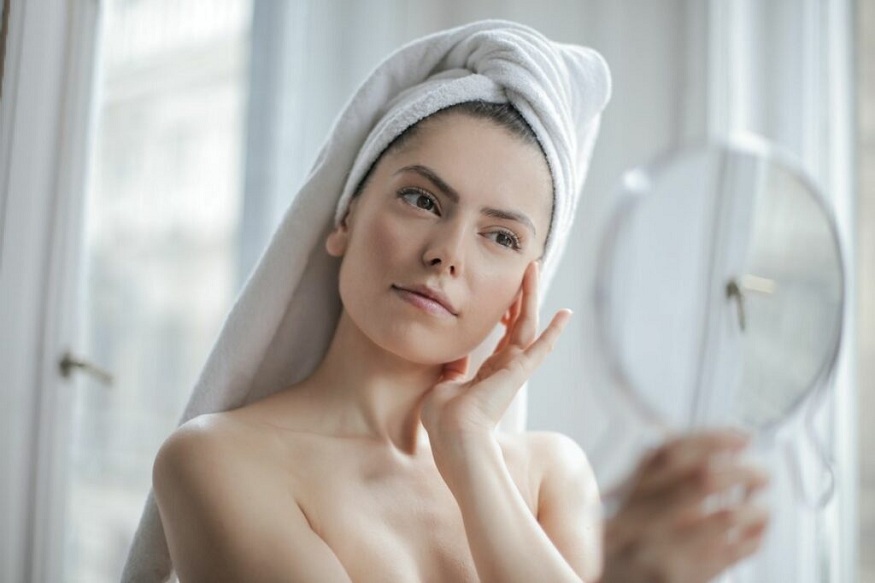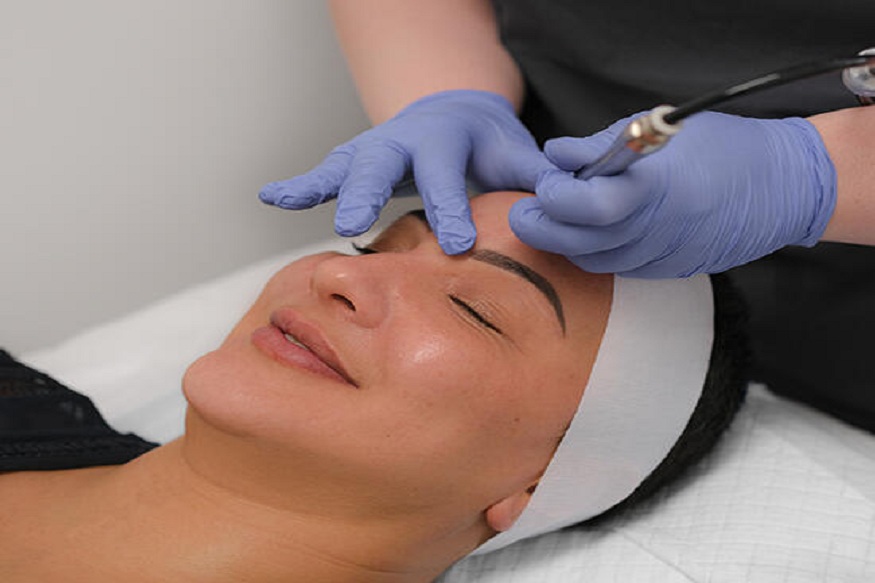Starting a new skincare product can be exciting—until your skin suddenly erupts in pimples. That’s when panic sets in: Is this normal? Am I breaking out, or is it just purging?
The difference between skin purging and a breakout is subtle but important. Knowing how to spot it can save you from abandoning a product that’s helping your skin, or continuing with one that’s irritating it. This is especially true when using active treatments or specialized cleansers, like the Pimple Purge Face Wash by ARM Pearl Beauty.
Let’s break down what purging is, how it differs from breaking out, and how to manage each situation the right way.
What Is Skin Purging?
Skin purge occurs when the skin cell turn over accelerates with the usage of certain skincare products. When dead skin cells shed faster, everything that’s been sitting under the surface—like clogged pores, bacteria, and excess oil—gets pushed to the top more quickly than usual. This results in a wave of pimples, blackheads, or tiny bumps, especially in areas where you typically get breakouts.
If you’re using a face wash that contains active ingredients such as salicylic acid, glycolic acid, or natural exfoliants (like licorice root or botanical enzymes), a purge can be part of the process.
Breaking Out: A Sign of Irritation
On the other hand, breaking out usually means your skin is reacting badly to a product. This could be due to an ingredient that clogs pores, irritates your skin, or disrupts your moisture barrier. These breakouts tend to appear in new areas, feel inflamed or itchy, and don’t go away quickly.
Whereas purging is a controlled flare-up with a clear endpoint, a breakout from irritation gets worse as you continue using the triggering product.
How to Tell the Difference
Spotlight: Pimple Purge Face Wash by ARM Pearl Beauty
One product that has sparked this exact conversation is the Pimple Purge Face Wash by ARM Pearl Beauty. It’s designed specifically for acne-prone skin and includes a blend of gentle yet effective natural ingredients like licorice root extract, ashwagandha, and hyaluronic acid.
This face wash works by lightly exfoliating the skin, calming inflammation, and promoting clearer pores over time. Users often report an initial uptick in breakouts—especially during the first 2–3 weeks—but many also notice that their skin begins to balance out soon after.
So, if you’re experiencing more pimples after starting this cleanser, it might be a purge, not a problem.
Tips to Manage a Purge
If you believe your skin is purging, here’s how to navigate it:
- Be consistent, but gentle. Use the face wash as directed (usually once or twice daily) but avoid adding other strong actives during this period.
- Moisturize properly. Hydration supports your skin barrier, which helps it recover faster.
- Stick to known products. Now is not the time to test 5 new skincare items and maintain the rest of your skincare routine simple and soothing.
- Monitor your skin. If things don’t improve after 4–6 weeks—or you see new kinds of irritation—it might not be purging.
When to Stop
If your skin is red, itchy, painful, or breaking out in areas where you’ve never had acne before, it’s likely a sign that the product doesn’t suit your skin.
Final Thoughts
Understanding the difference between purging and breaking out can help you make smarter skincare choices. Products like the Pimple Purge Face Wash by ARM Pearl Beauty are formulated to deeply cleanse and support acne-prone skin—but they require a little patience. Don’t ditch a product too soon just because your skin reacts early on. Sometimes, that’s part of the process.



